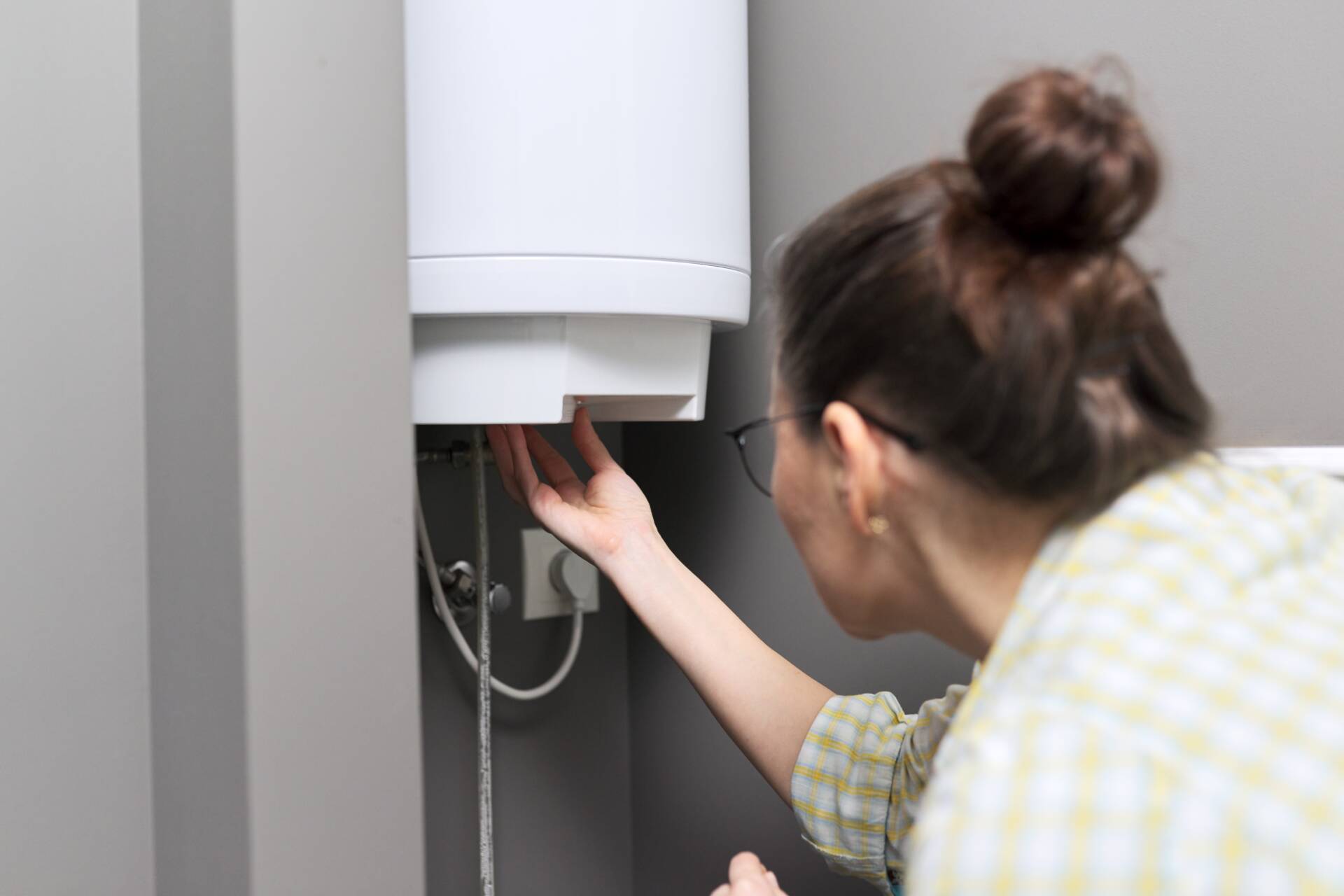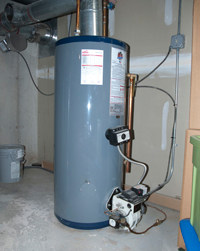Almost everyone will have their own individual thinking involving How to Maintain Your Water Heater & Prolong its Life.

Warm water is important for everyday convenience, whether it's for a refreshing shower or cleaning dishes. To ensure your warm water system runs efficiently and lasts much longer, routine upkeep is key. This short article supplies sensible tips and insights on exactly how to preserve your home's warm water system to stay clear of disruptions and expensive repair services.
Intro
Keeping your home's hot water system could appear difficult, yet with a couple of straightforward steps, you can ensure it runs smoothly for many years ahead. This overview covers everything from understanding your hot water system to DIY maintenance tips and knowing when to hire professional assistance.
Value of Keeping Your Warm Water System
Routine maintenance not only prolongs the lifespan of your hot water system but also ensures it runs successfully. Disregarding upkeep can cause lowered effectiveness, greater energy costs, and also early failure of the system.
Signs Your Hot Water System Needs Upkeep
Recognizing when your hot water system requires focus can protect against significant problems. Keep an eye out for signs such as inconsistent water temperature level, odd noises from the heating unit, or rusty water.
Flushing the Hot Water Heater
Purging your hot water heater removes debris accumulation, enhancing efficiency and prolonging its life.
Monitoring and Changing Anode Rods
Anode rods avoid deterioration inside the container. Checking and replacing them when worn is essential.
Complex Concerns Needing Professional Aid
Instances consist of major leaks, electrical troubles, or if your water heater is consistently underperforming.
Regular Expert Maintenance Perks
Professional upkeep can consist of extensive evaluations, tune-ups, and making certain compliance with safety requirements.
Inspecting and Readjusting Temperature Level Settings
Changing the temperature setups ensures ideal performance and security.
DIY Tips for Upkeep
You can carry out numerous maintenance tasks on your own to keep your warm water system in top problem.
Checking for Leakages
Routinely check pipes and connections for leakages, as these can cause water damage and higher expenses.
Understanding Your Hot Water System
Prior to diving into maintenance tasks, it's practical to understand the fundamental parts of your hot water system. Normally, this includes the water heater itself, pipes, anode rods, and temperature level controls.
Month-to-month Maintenance Tasks
Routine month-to-month checks can help capture small concerns before they escalate.
Checking Stress Alleviation Valves
Evaluating the pressure safety valve ensures it works appropriately and prevents excessive pressure accumulation.
Shielding Pipelines
Shielding warm water pipelines reduces warm loss and can save power.
When to Call a Specialist
While do it yourself upkeep is valuable, some concerns require professional competence.
Final thought
Normal upkeep of your home's hot water system is vital for performance, long life, and price savings. By following these suggestions and understanding when to seek professional assistance, you can make sure a trusted supply of warm water without unanticipated disturbances.
How to Maintain an Instant Hot Water Heater
Before tinkering with your hot water heater, make sure that it’s not powered on. You also have to turn off the main circuit breaker and shut off the main gas line to prevent accidents. Also turn off the water valves connected to your unit to prevent water from flowing into and out of the appliance. 2. When you’re done, you have to detach the purge valves’ caps. These look like the letter “T” and are situated on either side of the water valves. Doing so will release any pressure that has accumulated inside the valves while at the same time avoid hot water from shooting out and burning your skin. 3. When the purge valves’ caps are removed, you have to connect your hosing lines to the valves. Your unit should have come with three hoses but if it didn’t, you can purchase these things from any hardware or home repair shops. You can also get them from retail stores that sell water heating systems. Read the user’s manual and follow it to complete this task properly. When the hosing lines are connected, open the purge port’s valves. 4. You should never use harsh chemical cleaners or solutions when cleaning your unit. Make use of white vinegar instead. It should be undiluted and you’ll probably use about 2 gallons. 5. Now flush your water heater. This task should probably take about 40 minutes. We can’t give you specific directions for this because the procedure is carried out depending on the type, model and brand of your heater. With that being said, refer to the user’s manual. 6. When you’re done draining the unit, you have to turn off the purge port valves again. Remove the hosing lines that you earlier installed on each of the water valves. Put the valve caps (purge port) back in their respective places and be very careful so as not to damage the rubber discs that are found inside these caps. 7. Now that everything’s back in place, check your user’s manual again to find out how to reactivate your water heating system. 8. Once it is working, turn one of your hot water faucets on just to let air pass through the heater’s water supply pipes. Leave the tap on until water flows smoothly out of it. https://www.orrplumbing.com/blog/2014/september/how-to-maintain-an-instant-hot-water-heater/

I'm certainly very enthusiastic about What Kind of Maintenance Do Water Heaters Need? and I hope you liked the new blog posting. Feel free to take the time to distribute this page if you enjoyed reading it. I love reading our article about Tips For Maintaining Your Hot Water Heater.
Click